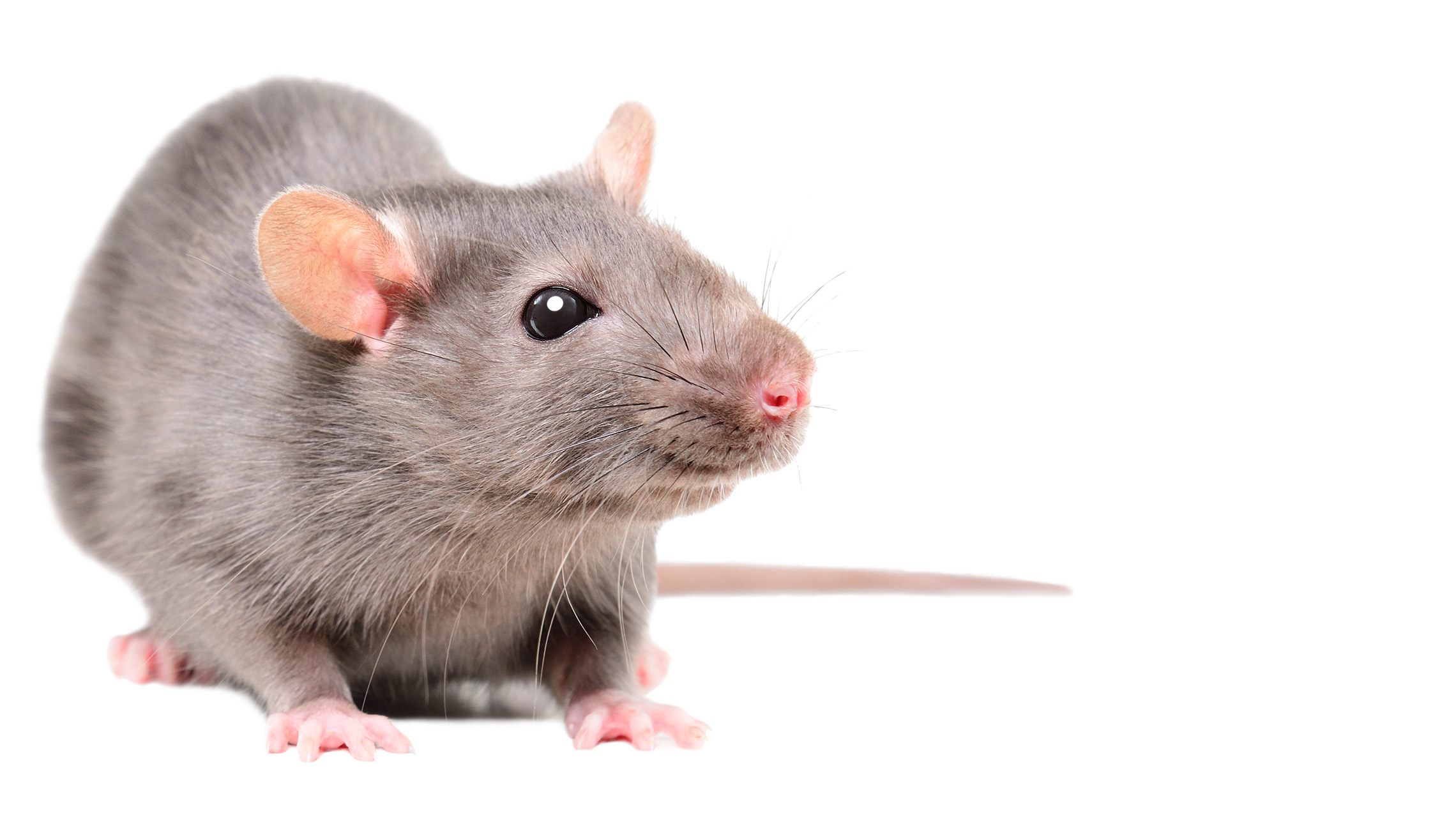
Genetic Management of Rodent Lines
Maintaining the integrity of rodent genetic lines is essential for ensuring the reliability of research outcomes at DAR (Division of Animal Resources). Through strategic collaboration and effective oversight, we are committed to providing investigators at Emory University with the tools needed for maintaining and utilizing mouse lines. This page outlines resources and genetic monitoring practices crucial for supporting these efforts.
Mutant Rodent Lines
The Transgenic Mouse and Gene Targeting Core Facility is a valuable resource for investigators here at Emory. One of our missions is to help investigators expeditiously perform their mouse experiments. Quite often we receive requests from PI’s looking for a mouse line available to them on campus but the process can be inefficient.
In collaboration with DAR, the Transgenic Core will be maintaining this list of the mouse lines available on campus. We will be actively updating the information for the list on a quarterly basis. We believe strongly that having available lines listed in a central location for all to access will make it easier for PI’s to find the strain they require. It will encourage collaboration and cut costs related to mouse purchases.
In order to keep this list up to date and accurate, we need your help. Please contact the Transgenic Mouse & Gene Targeting core at MouseCore@emory.edu if you have a mouse line on this list that is no longer available or if you would like us to add one of your lines to the list.
Thank-you for assisting us in updating and maintaining this list for the Emory community.
Genetic Monitoring
Introduction
Genetically defined inbred, F1 hybrid, and genetically manipulated (transgenic, knock-out) rodents are important in research so that genomic variability can be controlled. Inbred strains can become contaminated and/or deviate to substrains with resultant significant and detectable changes in the genome (ILAR News 1982; 25(4):6-9; Science 1982; 217:379-381; Science 1983; 221:345; Science 1983; 221:625- 628; Science 1983; 221:1163; J Hered 1984; 75(3):171-174; Laboratory Animals 1984; 18(3):291-297; Lab Anim Sci 1991; 41(5): 471-3). These genetic alterations can have an insidious effect upon and even invalidate research depending on the degree of genome alteration and on the nature of the research. Additional benefits that can be derived from genetic monitoring include faster production of research models and reduced costs of colony maintenance.
Definition
Genetic monitoring is basically the assessment of the purity (or impurity) of a genome by observation and analysis of phenotypic expressions (i.e. coat color, protein synthesis, cell surface antigens, skeletal morphology, etc.) or by surveillance for specific nucleotide sequences. Any character determined by one gene or by multiple genes that can be measured and remain uninfluenced by environmental changes can be used to monitor a genotype.
Monitoring Outbred Stocks
The purpose of outbred stocks is to provide maximal genetic diversity (minimal inbreeding). Theoretically, the relative proportion of gene frequencies of all genes in outbred stocks should not change. In outbreds, spontaneous mutations and recombinations between mutant alleles supplement each other in generating and maintaining a multiple allelic system. Monitoring is geared towards the frequency of alleles in the colony, not their presence or absence. The goal of monitoring outbred stocks is to preserve heterogeneity and prevent subline formation. The methods utilized are biochemical markers and osteometric traits.
Monitoring Inbred Strains
The goals of monitoring are to (1) assure the genetic integrity of the given strain and (2) detect and eliminate of mutations. This is customarily done by establishing a genetic profile (i.e., coat color, alloantigens, constitutively expressed enzymes, molecular markers) and then comparing representative animals of the genotype to the profile. Commercial producers of inbred rodents habitually monitor their foundation and production colonies and make this information available for strains they sell.
Monitoring Genetically Manipulated Rodents
The purpose of monitoring is to both confirm the presence or absence of specific gene(s) and ensure the validity of the genetic background. The genetic background, be it inbred or outbred, may influence the expression of genes (Science 1995, 269: 230-4; Science 1995, 269: 234-8; Lab Animals 1996, 30: 127-31).
Techniques
A number of techniques are used and have been used historically for genetic monitoring. Most modern genetic monitoring programs are based upon molecular biology techniques. While the DAR does not offer genetic monitoring in-house, a number of commercial vendors offer these services and can be contacted for information.
Transnetyx, Inc. Institutional Genotyping Service
Transnetyx Institutional Testing is a program where Transnetyx partners with Emory to provide genotyping services at a negotiated price with free shipping, sample submission and assay design. For complete information including the location of all TAG (Transnetyx Automated Genotyping) centers at Emory, contact information, and drop-off and pick-up schedules see: http://www.mailyourtail.com/EMORY/Default.aspx